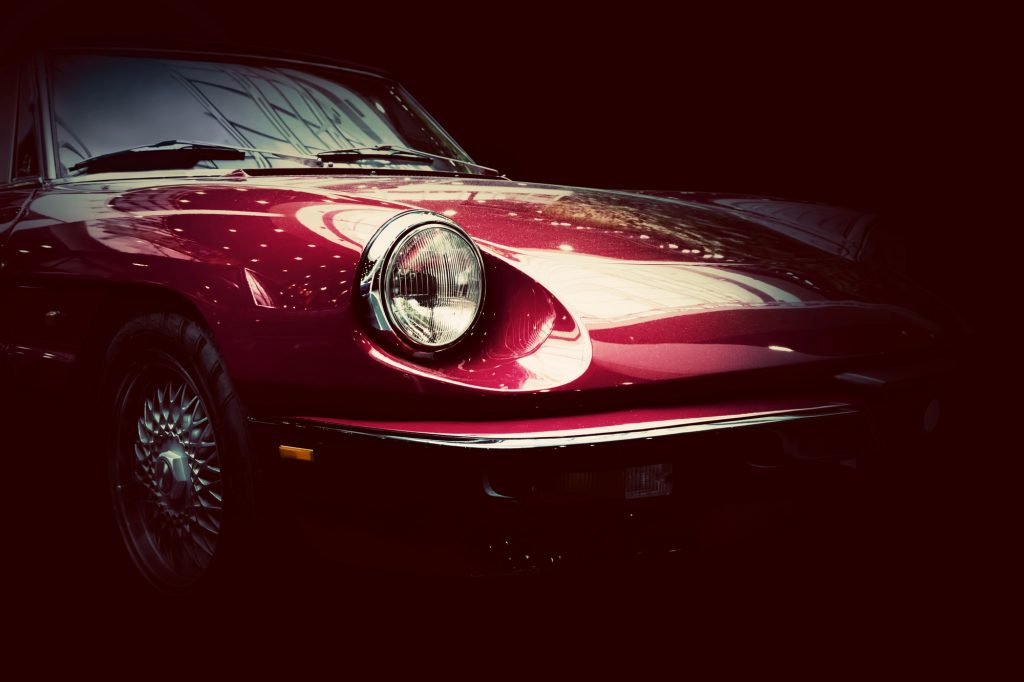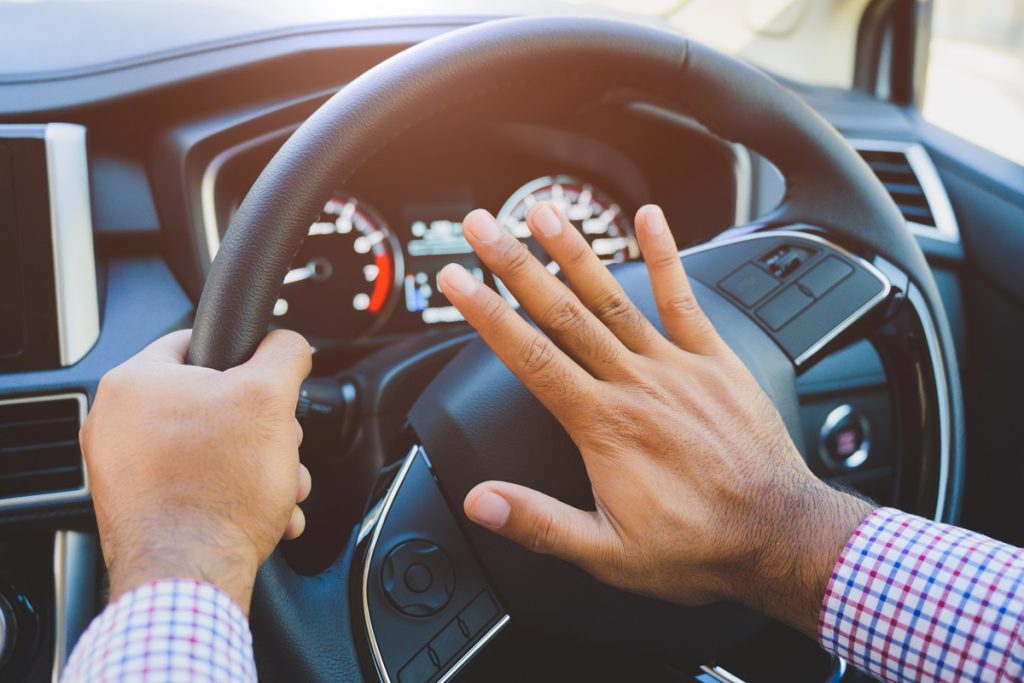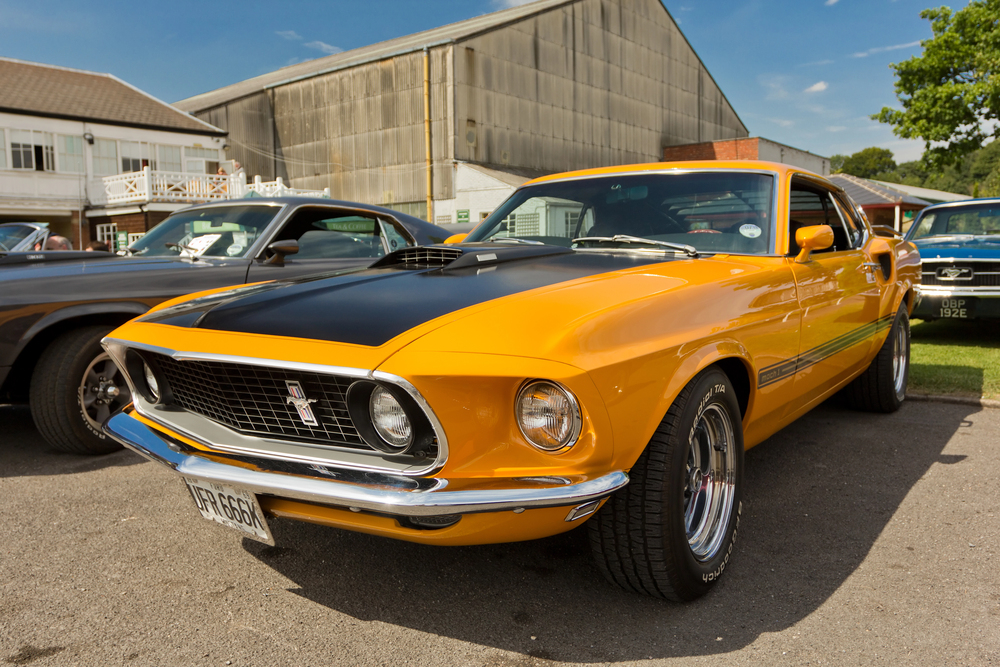Classic car design has given us some of the most iconic silhouettes and styles in automotive history. But as beloved as these designs are, they’ve also posed major roadblocks to progress in safety, aerodynamics, and efficiency. Nostalgia can be a powerful force, sometimes causing automakers to cling to outdated styles even when modern demands call for change. Here are 10 moments when classic car design nearly derailed the future of automotive evolution.
Tailfins That Refused to Die

Tailfins were all the rage in the ’50s, inspired by jet-age fantasies and space-race aesthetics. But even into the ’60s, designers clung to them, despite their negative impact on aerodynamics and rear visibility. Their persistence delayed cleaner, more efficient rear-end designs that would eventually dominate modern cars.
Chrome Overload

Classic cars often boasted excessive chrome accents, adding visual flair but also extra weight and production complexity. Automakers continued using chrome trim well into the ’80s before realizing it hindered both fuel efficiency and modern safety standards. The obsession with chrome delayed the adoption of lightweight composites and more aerodynamic exteriors.
Long Hoods on Short Cars

Designers of the muscle car era loved the long-hood, short-deck look, which emphasized power and prestige. Unfortunately, this layout compromised cabin space, crash performance, and weight distribution. It took decades before designers prioritized functional proportions over dramatic styling.
Bench Seats that Stayed Too Long

Full-width bench seats were once considered the epitome of comfort and practicality, but they lacked the ergonomic support and safety of bucket seats. Automakers kept them in sedans and pickups for years to satisfy traditional buyers. This slowed the transition to more secure and individually contoured seats with integrated restraints.
Related: 10 Unexpected Fallout Reasons Volvo’s EV Crash Is Causing Buyers To Abandon Batteries
Two-Door Sedans that Confused Consumers

In the early days, two-door sedans were common and acceptable even for family use, driven by styling preference. But the lack of rear-door convenience soon became a major drawback, especially as car buyers prioritized usability. Automakers held onto the format for far too long, delaying the dominance of more accessible four-door body styles.
Related: 10 Reasons The 2026 Corolla Hatchback FX Edition Stands Out From The Crowd
Rear-Hinged “Suicide” Doors

Once a luxury feature, suicide doors offered stylish access but posed serious safety concerns in crashes. Despite their appeal, they became an engineering liability prone to accidentally flying open and causing ejection in accidents. Nostalgia-driven attempts to bring them back often ignored why they vanished in the first place.
Related: 11 Secrets Behind Why Old Muscle Cars Rocked Window Louvers
Massive Grilles on Small Cars

Retro-inspired designs led to oversized grilles that mimicked classic muscle cars, even on compact vehicles. These large openings did little for cooling efficiency and often worsened aerodynamics. Clinging to this design cue meant slower progress toward sleek, wind-cutting front-end profiles optimized for performance and fuel economy.
Related: 10 Wild Reasons The Ford Fairlane Outsmarts The Boss 429
Fake Vents and Scoops

Classic muscle and sports cars often featured aggressive scoops and vents, many of which were nonfunctional. This trend carried into modern vehicles purely for style, adding unnecessary drag and production costs. Designers struggled to balance legacy cues with aerodynamic function, often to the detriment of efficiency.
Related: 11 Insane Reasons That V10 Audi And Twin Turbo Alfa Rivalry Breaks All The Rules
Whitewall Tires as a Status Symbol

Whitewall tires were once considered a luxury touch, but they offered no performance benefit and were costly to produce. Even as tire technology advanced, whitewalls lingered, appealing mainly to nostalgia. Their slow fade held back cleaner sidewall designs and uniform tire aesthetics now standard in modern vehicles.
Related: 11 Classic Car Quirks That Gen Z Will Never Get
Convertible Popularity that Outlived Practicality

Convertibles were iconic symbols of freedom and fun, but offered limited safety and structural rigidity. Even as safety regulations tightened, automakers clung to open-top designs that were hard to engineer safely. Keeping convertibles alive diverted focus from safer, more versatile body types that better met real-world needs.
Related: 10 Wild Facts About Volkswagen’s Budack Cycle That Change How You See Engines
Classic car design has left an unforgettable mark on automotive history, but its lingering influence hasn’t always helped. In many cases, retro styling choices have delayed the progress of safety, efficiency, and functionality in newer vehicles. Nostalgia can be charming, but it often comes at the cost of modern engineering priorities. Thankfully, many manufacturers have learned how to honor the past without sacrificing the future.
Disclaimer: This list is solely the author’s opinion based on research and publicly available information.
12 Times Automakers Revived Classic Designs For Modern Cars

Car manufacturers have often looked to their past for inspiration, bringing back iconic designs with modern engineering. Whether through retro styling, heritage nameplates, or direct recreations, these revived classics have captured the nostalgia of enthusiasts while offering cutting-edge performance. Some models closely follow their predecessors’ aesthetics, while others reinterpret them for a new generation. Here are 12 times automakers successfully revived classic designs, blending history with innovation.
Read it here: 12 Times Automakers Revived Classic Designs For Modern Cars
14 Of Bertone’s Most Stunning And Iconic Car Designs

Bertone is one of the most influential automotive design houses in history, responsible for crafting some of the most breathtaking and innovative cars ever built. From sleek supercars to bold concept vehicles, Bertone’s designs pushed the boundaries of automotive aesthetics and aerodynamics. Many of these designs became instant icons, shaping the future of car styling across multiple generations. Here are 14 of the most stunning and iconic car designs from Bertone that left a lasting impact on the industry.
Read it here: 14 Of Bertone’s Most Stunning And Iconic Car Designs
13 Throwback Cars That Revived Classic Designs

Automakers often look to their past for inspiration, bringing classic designs back to life with a modern twist. These throwback cars combine retro aesthetics with cutting-edge technology, offering the best of both worlds. Whether it’s a muscle car, a sports coupe, or a luxury cruiser, these vehicles honor their legendary predecessors while catering to contemporary drivers. Here are 13 cars that successfully revived classic designs and captured the essence of automotive nostalgia.
Read it here: 13 Throwback Cars That Revived Classic Designs
You’ll love these related posts:


